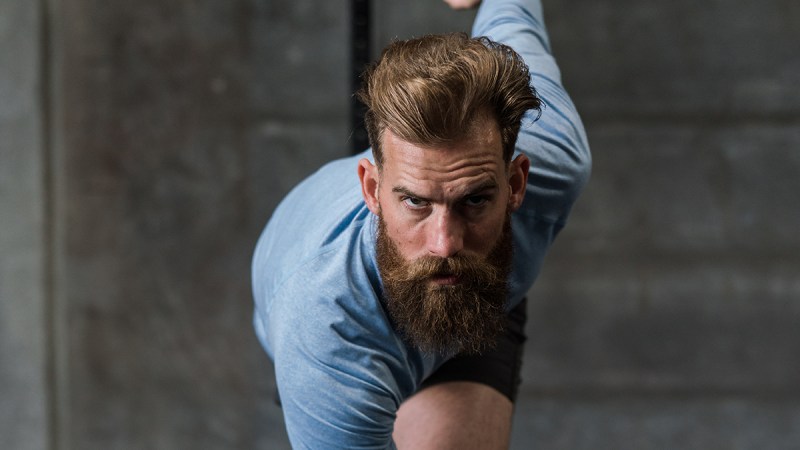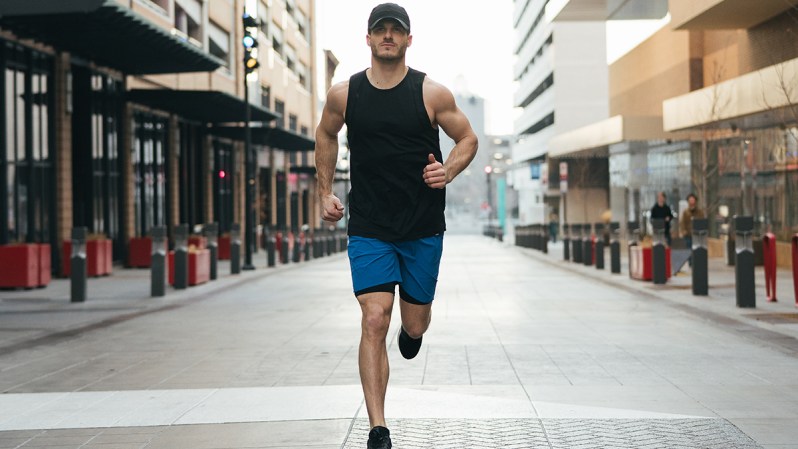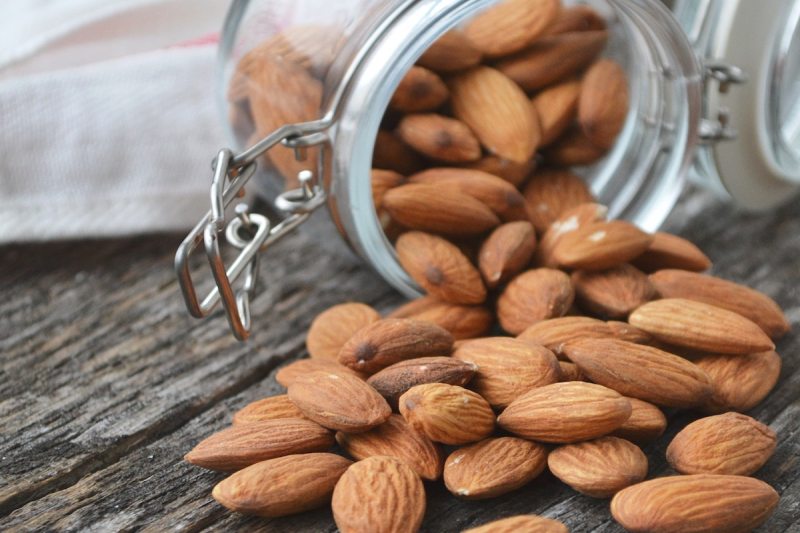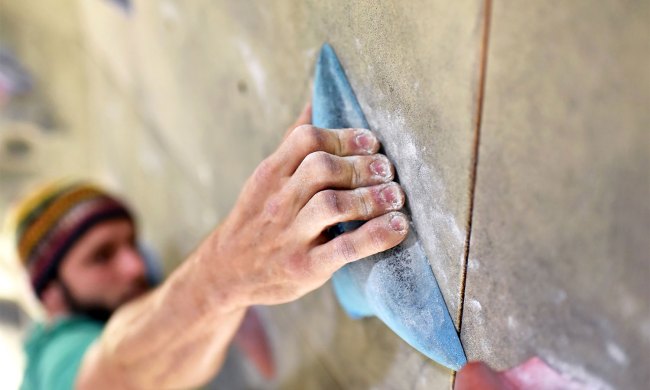
Here’s the good news: As of about a week ago, summer is here! The bad news: You’ve been living the “Netflix and Chill” lifestyle all winter. You will probably want to take your shirt off at some point, but even if you only strip down to a tank top, you’ll at least want to be in good enough shape so nobody confuses you for the inflatable pool toy. It’s time for a proper beach body workout. Here’s a knockout summer body workout plan to get you in shirtless shape fast.

Set realistic goals
Remember safety above all else. With the right workout, you can whip your body into shape fast. But you want to be realistic to minimize injuries and maximize gains. Start with small, achievable goals and build up your strength and stamina over time.
Before you do a single push-up, see a doctor to make sure you’re healthy enough to actually start this regimen. None of this does any good if you end up in the ER (or worse). Second, if your budget allows, hire a trainer. Both of these moves can help you avoid injury, ensuring that you’re getting the most that summer’s outdoor activities have to offer.

Establish a firm foundation
Will Torres — personal trainer, owner, and founder of Willspace — suggests forgoing the weights to start. “Weights are not my first ‘go-to.’ I believe in starting with gymnastics and body weight exercises. A lot of fitness advice is from the 1970s with Stallone and Schwarzenegger as their ideal. These are routines designed for guys who used steroids,” says Torres. “The focus needs to be on movement. Be sure you are making progress with a specific movement, all while becoming more skillful.”
Torres suggests starting with simple push-ups and dips. Add a forearm plank, progress to a straight-arm plank, and, eventually, a one-arm plank. “The idea is to get stronger by recruiting more muscles,” says Torres. These simple exercises focus on the shoulders, triceps, and core, offering the most visual (and practical) impact.
Feel the need to hit the weight room? Pay attention to form and balance. “Take a strength exercise and then super-set it with a counter-stretch,” says Torres. “Muscles can get so over-developed that they fight themselves, impeding results. Some guys’ chest muscles actually pull their upper bodies in, giving an almost concave look.”
For example, after a bench press, Torres recommends a “tabletop” or “bridge” stretch for 30 seconds. “Most guys can’t even get into the pose because their biceps are so tight. Counter-stretching makes the muscles longer and leaner, so they get stronger.”

Master heavy breathing
Mix in some aerobics with that weight training. Let’s face it, running sucks. Luckily, it’s not Torres’ favorite, either: “Many people don’t have good form when they are running. Over time, all that pounding results in major injuries. Try running shorter distances, combined with a strength movement. Run a quarter-mile, then do 15 dips and 20 sit-ups.”
Another easy option for getting in a mild aerobic exercise is to take some extra time to walk everywhere instead of driving or using public transit. If you live in the right place, bike to work or while running errands. Get that heart pumping.
Finally, have fun with it. Grab a buddy for a workout instead of a beer. Take your significant other out for a day in the park. Chase your kids. Foster a dog. Set a goal for a 5K or to do an obstacle course race later in the summer. Find a couple of favorite websites and follow some heroes on Instagram for inspiration.

Never say diet
Well, do, actually. For the next six weeks, save the cocktails and brewskis for the holidays and the weekend.
The key here is intermittent fasting, and you already do it —it’s called “break-fast.”
“By eating and snacking all day, we are always consuming calories, so there’s no reason for our bodies to burn them off,” says Torres. “Have three to four meals, every three to four hours, with 12 hours of feeding, then 12 hours of fasting. Eat between 7 am and 7 pm, and not again until 7 the next morning. A well-balanced meal will sustain you for three to four hours, so be sure to include protein, carbs, fats, and fiber. Eliminate sugar and processed carbs from your diet completely.”
Pay attention to serving sizes, even for “healthy” snacks. “Nuts are a classic example,” says Torres. “They are good for you, but, it’s difficult to not go overboard with the serving size. Twenty almonds is barely a handful.” Spend $20 on a basic food scale to help keep you honest.



